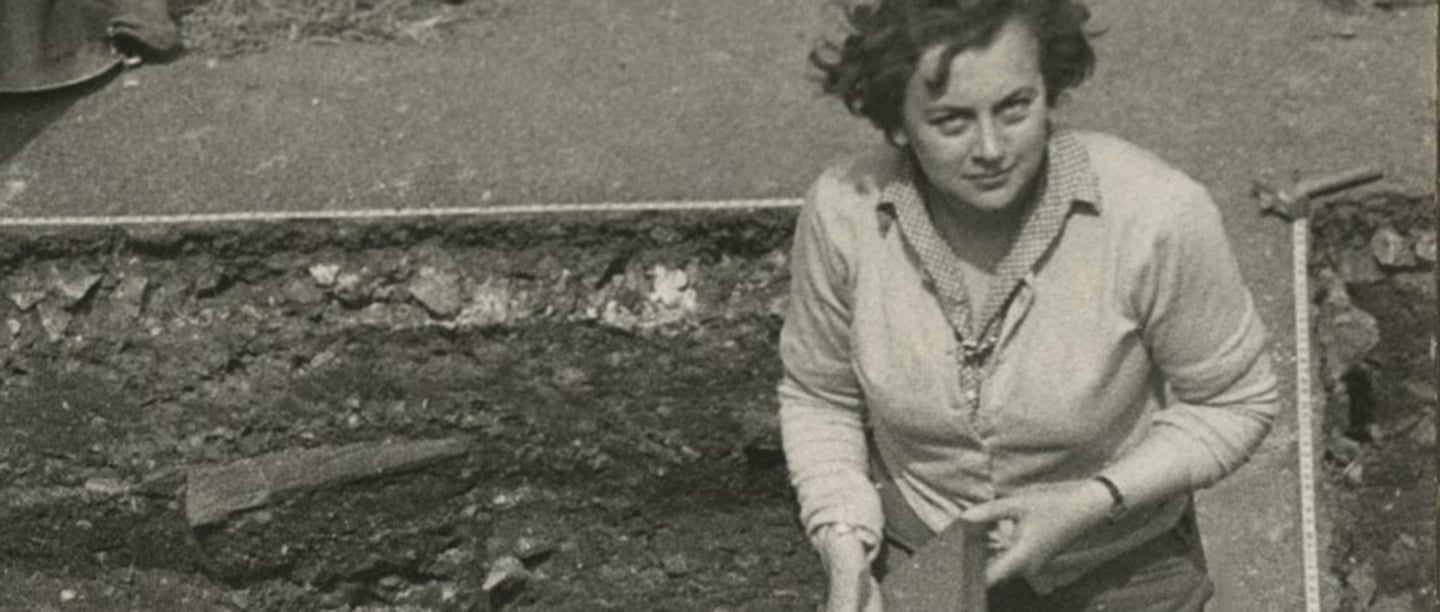Maud Cunnington
Maud Cunnington’s (1869–1951) most famous excavation was in 1926–9 with her husband Ben Cunnington on the Neolithic burial mound at Woodhenge. They bought and gifted Woodhenge and The Sanctuary – a Neolithic structure near Avebury – to the nation. These sites are now cared for by English Heritage. They were also heavily involved in raising money to purchase Stonehenge and the land surrounding it to ensure future public ownership. Her husband’s family had been involved in Wiltshire archaeology for a long time – his great-grandfather William Cunnington undertook one of the first excavations at Stonehenge – and her own family were historians. Cunnington believed in public archaeology so that everyone could learn from what had been discovered, and she was devoted to writing up and publishing the results of her excavations.
She worked as an archaeologist before the industry was professionalised. The fact that archaeology was undertaken exclusively by interested amateurs at this time actually worked in her favour. While other professions required a degree – which, as a woman, she couldn’t obtain – there were no formal barriers to enter into archaeology. However, she was extremely fortunate in that she and her husband were well off enough to be able to fund their own excavations.
Cunnington certainly felt the effects of sexism in the field. She told Margaret Guido – who discovered the famous helmet at Sutton Hoo – not to go into archaeology as it was ‘far too difficult’. Antiquarian societies often prevented women from fully participating: the Society of Antiquaries of London, for instance, did not allow women as members until 1920, after pressure from the Sex Disqualification (Removal) Act of 1919. Even outside archaeology, for much of her life she could not vote and, as a married woman, could not legally own property.
Despite the resistance she encountered on account of her gender Cunnington was clearly respected by her peers: she became president of the Wiltshire Archaeological and Natural History Society, and was the second woman ever to be nominated an honorary fellow of the Society of Antiquaries of Scotland. Her career was capped off by being given a CBE in 1948.
Lady Aileen Fox
Lady Aileen Fox (1907–2005) was one of the first female lecturers in archaeology. She described her desire to do something as a result of having observed the ‘indolence’ and boredom of upper-class Edwardian life for her mother. She was restricted in many ways by her gender. Her father was particularly opposed to her becoming a female academic or a ‘bluestocking’. Although she managed to read English at Cambridge, women were not granted degrees when she studied. She was unable to get a full degree until 1948.
Her first excavation was at Richborough Roman Fort, where the Romans landed in Britain during their invasion in AD 43. Not wanting to go on holiday to Italy with the rest of her family, she signed up for four weeks on the dig. Fox ended up staying to the end of the season, and then being asked to develop a small museum on site. She was given five days’ training at the British Museum and then left to get on with it. This wasn’t as unusual as it might seem – there were very few specialised training courses for archaeology and museums, and most professionals learned on the job, having come with another area of expertise.
After the war, she became a special lecturer at the University College of the South West at Exeter, later to become Exeter University. There she worked hard on the conservation of scheduled monuments, especially after a small hill fort nearby was levelled by a local farmer. Her time at Exeter was marked by her struggle to create a new archaeology department and to prove to other academics that archaeology was a valuable subject. In this she was repeatedly thwarted, and it was only after she retired that the Department of Archaeology and History was set up – under a male professor’s guidance.
Tessa Verney Wheeler
Tessa Verney Wheeler (1893–1936) was an accomplished archaeologist who was instrumental in the creation of the Institute of Archaeology in London. In contrast to many other women, she had a family supportive of her academic pursuits, and her stepfather encouraged her to read history at UCL.
One of her biggest excavations was shortly before her death. In the 1930s, she excavated jointly with her husband, Mortimer Wheeler, at Maiden Castle. Verney Wheeler’s excavations were funded almost entirely by donations from the public. This was in no small way due to her advocacy of public knowledge of archaeology: she frequently spoke at historical societies, encouraging people to visit sites and museums. The Wheelers were also some of the first to film some of their excavations and to present archaeology as something that should be brought to public attention – Mortimer Wheeler even hosted TV shows like Buried Treasure in the 1950s. This helped Maiden Castle become one of the best-known hillforts in England.
Possibly one of Verney Wheeler’s most important contributions to archaeology was through her teaching. Students like Kathleen Kenyon and the egyptologist Margaret Drower learned from her scientific approach to archaeology, her pioneering excavation techniques, and recording of small finds.
Although her work was published under both her and Mortimer’s names, and he viewed her as a full partner in his work, it was Mortimer who received most of the credit and became the better known name.
Dame Kathleen Kenyon
Dame Kathleen Kenyon (1906–78) was integrated into the archaeological world from an early age: her father was a director of the British Museum and later chairman of the British School of Archaeology in Jerusalem. She obtained a degree in medieval studies from Oxford in 1929, where she had become the first female president of the university's Archaeology Society.
She studied with the Wheelers at Verulamium, which allowed her to later develop a grid system of excavation known as the Wheeler-Kenyon method. This allows for precise understanding of layers in the soil. Much of her skill at recording and attention to detail was learned from Tessa Verney Wheeler, who took pains to educate the young archaeologists working with them. Shortly afterwards, she moved on to excavate at Wroxeter Roman City and Leicester, pursuing her own excavations across Britain until after the Second World War.
After the end of the Second World War, she was able to leave the country, going on to excavate at Jerusalem and Jericho. Her work there is important for many reasons, not least because she trained a whole generation of students in her meticulous methods. During this time she also became the director of the British School of Archaeology in Jerusalem, taking on a considerable amount of administrative work.
Her work in the Middle East was complicated by instabilities in Israel and Palestine, and politics played an important part in how excavations were conducted and by whom. In the final stages of her career, she took over as the principal of St Hugh’s College, Oxford, where she taught and administered until her retirement in 1973. Her work in the Middle East was pre-dated by many other female archaeologists like Gertrude Bell or Molly Crowfoot, for whom empire made it in some ways much easier to work there than in the UK. For these women, their imperial links put them in a position of authority which they did not necessarily have at home, and provided them access to sites which had not previously been excavated.
Grace Simpson
Grace Simpson (1920–2007) trained as an archaeologist after the Second World War. As soon as the Institute of Archaeology in London re-opened, Grace immediately signed herself up. During this period, many brilliant archaeologists like Nancy Sandar, who also worked at Bletchley Park, and Juliet Clutton-Brock, a prominent zooarchaeologist, trained alongside her.
She had strong opinions about Hadrian’s Wall, which her father, FG Simpson, had proven to be constructed by Hadrian rather than Septimius Severus, and ‘never suffered fools gladly’. She often worked with her father or on the finds from his excavations, and was extremely protective of his legacy. Her publication of ‘Watermills and Military Works on Hadrian’s Wall’, a review of his early excavations, brought her into a lengthy disagreement with another archaeologist who reviewed it unfavourably. In the services of causes she cared about she was tireless. She helped to found the Rei Cretariae Romane Fautores (RCRF), an international organisation dedicated to Roman pottery. Simpson felt strongly that scholarship was at its best when it could be participated in by people from many different countries.
Simpson was the Honorary Curator of the museum at Chesters Roman Fort between 1950 and 1972, during which time she worked in the archaeology department at Durham before moving to Oxford. The site at Chesters was then owned by the Ministry of Works and had no electric light or heating, making it very uncomfortable to work in. At one point a pheasant – shot over the museum – crashed through the skylight, shattering some of the cases.
Some of Simpson’s most important work was on Roman Samian ware, and thanks to her we are now able to trace sherds of pottery across the Roman world back to individual craftsmen and workshops. Her book Central Gaulish Potters, finishing the work of Joseph Stanfield, is still a standard reference work.
However, this area – like many that women worked in – was not one that brought fame outside of archaeological circles. Many women performed the important, but less glamorous, work that has allowed us to understand what others have excavated. By cataloguing, analysing, cleaning and drawing objects and sites, they significantly advanced our understanding of the past.
Dame Rosemary Cramp
It took until the 1970s for Durham University to appoint its first female professor, Dame Rosemary Cramp (1929–). Cramp led the team that excavated Jarrow Abbey, the home of Saint Bede. Despite its historical importance, little was known about the physical structure of the abbey when she began excavating. One of the most important discoveries of the excavation was some of the earliest stained glass in Britain, showing how wealthy and important the abbey was.
During Cramp’s time at Jarrow, the excavation had a problem with people breaking into the dig site. In order to manage this, they recruited local children to keep an eye on the site, rewarding them with basic archaeological training – first by going through rubble from the dig, then working on a special trench set aside for them. Cramp has been dedicated to training new archaeologists, and many of the students who worked with her at Jarrow and Monkwearmouth and who she taught at Durham remember her extremely fondly.
She has made many contributions to the field, but one of her greatest is her ongoing work on the Corpus of Anglo-Saxon Stone Sculpture, a research project which aims to systematically document early sculpture across the whole of England. In some cases, these pieces of art have disappeared and the details in the Corpus are the only existing record. She was one of the first Commissioners for English Heritage and a Trustee of the British Museum, and in those roles contributed to the future of heritage in the UK.
Women in Archaeology Today
Today about half of archaeologists are women. They work in a wide range of jobs, including excavation, conservation and illustration. However, there are still many social and cultural barriers for women, including class and race. Archaeologists are working hard to overcome these to ensure that everyone can participate in uncovering our cultural heritage. You can further explore the work of women in archaeology on the Trowelblazers website, where you can also nominate women who should be celebrated for their work.
If you want to follow in their footsteps, the Council for British Archaeology has a guide to becoming a professional archaeologist or volunteering on a site as an adult or young person. The Young Archaeologists Club also runs regular, hands-on activities for 8–16 years olds, including excavation, working with artefacts, visiting historical sites and undertaking experimental archaeology.
Written by Hannah Taylor
Explore More
-
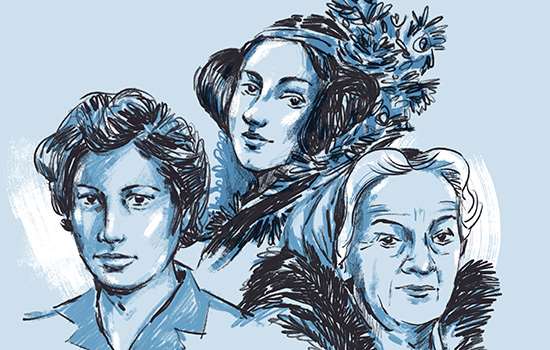
Women in history
Read about the remarkable lives of some of the women who have left their mark on society and shaped our way of life – from Anglo-Saxon times to the 20th century.
-
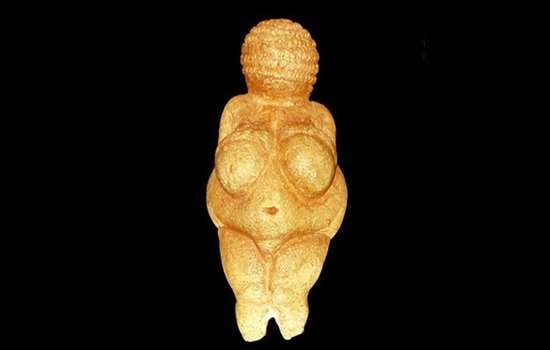
Why Women Disappeared from History
Women occupy just 0.5% of recorded history, and are often stereotyped. Bettany Hughes explores why women were written out of history.
-
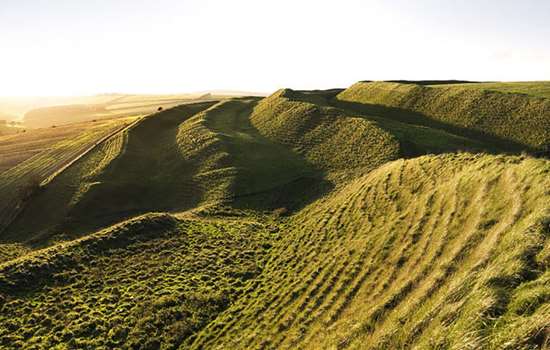
Visit Maiden Castle
Discover the vast ramparts of the Iron Age hillfort where Tessa Verney Wheeler and Sir Mortimer Wheeler conducted their pioneering excavations in the 1930s.
-
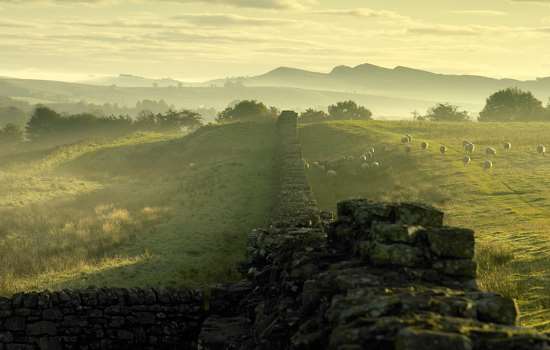
Visit Hadrian’s Wall
Explore the stunning landscape and archaeological remains of Hadrian’s Wall at our four of our top sites:Chesters, Corbridge, Housesteads and Birdoswald Roman Fort.
